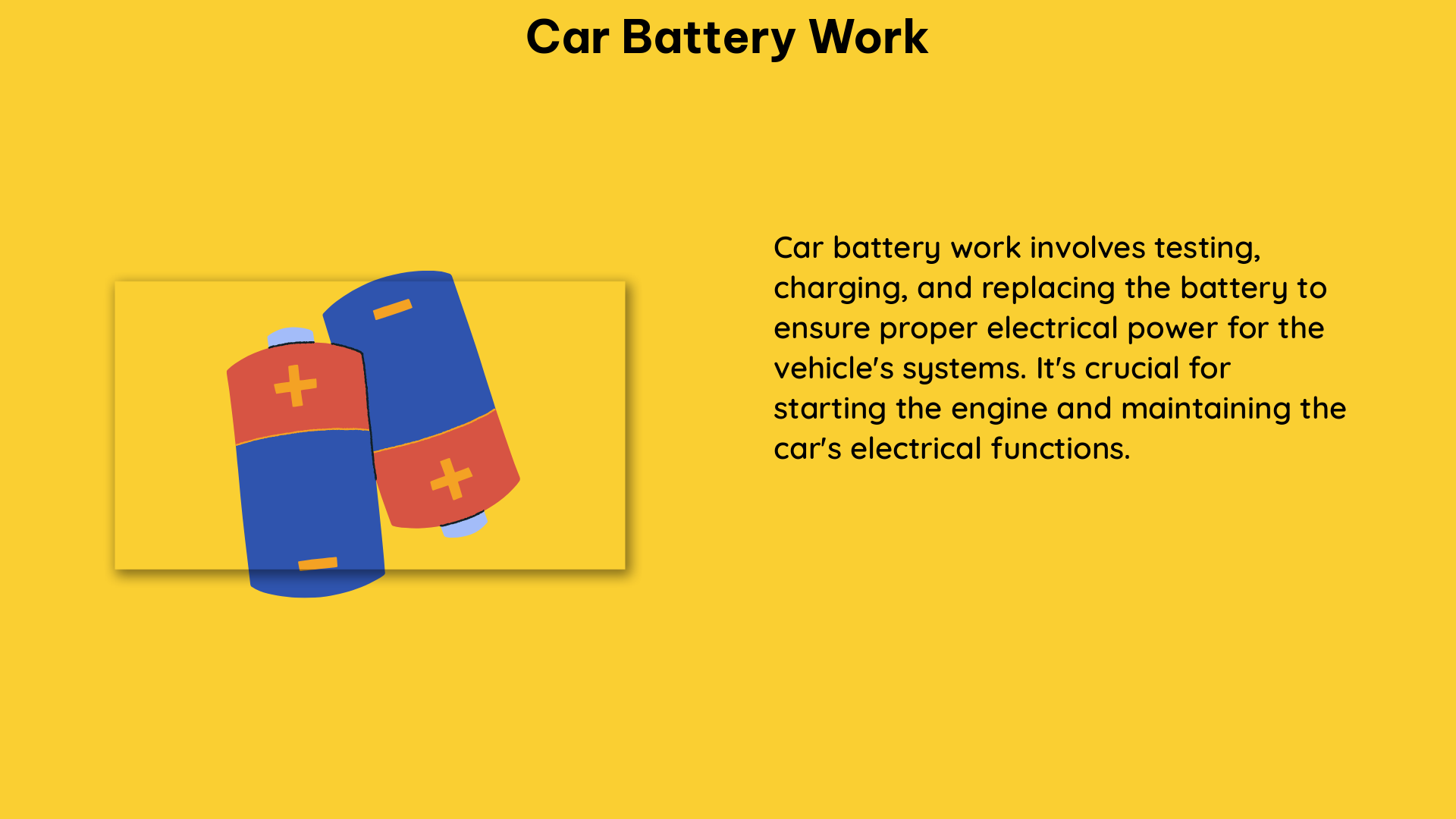Car batteries, like those found in electric vehicles (EVs), store and transfer energy using both physical and chemical processes. The active material in lithium batteries is lithium, and charged lithium particles, called ions, move back and forth between two nodes. The battery health, also known as state of health (SoH), is a measure of how well a battery can perform compared to when it was new.
Understanding Battery Health and Capacity
The battery health, or SoH, is commonly referred to in battery science literature as “state of health” or SoH. One way to quantify battery health is by comparing the original battery capacity, in kilowatt-hours (kWh), to the current battery capacity. The change between the original and the current capacity indicates some degree of capacity fade, or loss in total available lithium that the battery can store. Since lithium is what powers batteries, any loss effectively means less energy.
Measuring Battery Capacity
Battery capacity can be tested in a variety of ways, including:
- Extrapolations from “energy in” and “energy out” of packs
- Measuring the total amount of charge a battery can hold when fully charged and discharged
It is important to note that a battery’s measured capacity will change with:
- Temperature
- Charge/discharge rate
- Whether the battery is being used or filled
- The state of charge (SoC) of the battery
Each time you charge your battery from 0 to 100%, you might not read the same number of kWh.
Analyzing Power Fade
A more subtle way to look at health is to look at power fade, or the internal resistance that may be degrading the battery performance. This happens when secondary, harmful chemical reactions occur in the battery and impede the free flow of energy. Power fade tends to accompany capacity fade but is harder to diagnose and often requires laboratory and diagnostic testing.
Factors Affecting Battery Degradation

Batteries degrade in a few ways, all of which are normal and unavoidable, but some are accelerated due to the way batteries are used and stored. For example:
- Cell phone batteries are often fully charged and discharged once each day, which over 2 years would be approximately 730 cycles.
- On average, EV batteries are built to last over 1000 cycles.
- Car batteries are designed, built, and maintained to last longer than mobile phone batteries.
Environmental Impact of Car Batteries
In terms of CO2 emissions, manufacturing lithium-ion batteries for electric vehicles is more material-intensive than producing traditional combustion engines. However, the transportation sector produces the largest share of greenhouse gas emissions—nearly one-third of the country’s total emissions.
Despite the environmental footprint of manufacturing lithium-ion batteries, this technology is much more climate-friendly than the alternatives, as electric cars still emit less CO2 than gas-powered cars, even when accounting for the initial emissions associated with manufacturing the battery.
Key Takeaways
- Car battery work involves understanding the chemical and physical processes that store and transfer energy
- Measuring and quantifying battery health through capacity and power fade is crucial
- Recognizing the impact of battery degradation over time and usage patterns is important
- The CO2 emissions associated with battery manufacturing must be considered in the context of the overall climate impact of electric vehicles
Reference:
– Lessons in Electric Car Battery Health
– Quantifying Electric Vehicle Battery Degradation and Remaining Useful Life
– How much CO2 is emitted in manufacturing batteries?

The lambdageeks.com Core SME Team is a group of experienced subject matter experts from diverse scientific and technical fields including Physics, Chemistry, Technology,Electronics & Electrical Engineering, Automotive, Mechanical Engineering. Our team collaborates to create high-quality, well-researched articles on a wide range of science and technology topics for the lambdageeks.com website.
All Our Senior SME are having more than 7 Years of experience in the respective fields . They are either Working Industry Professionals or assocaited With different Universities. Refer Our Authors Page to get to know About our Core SMEs.